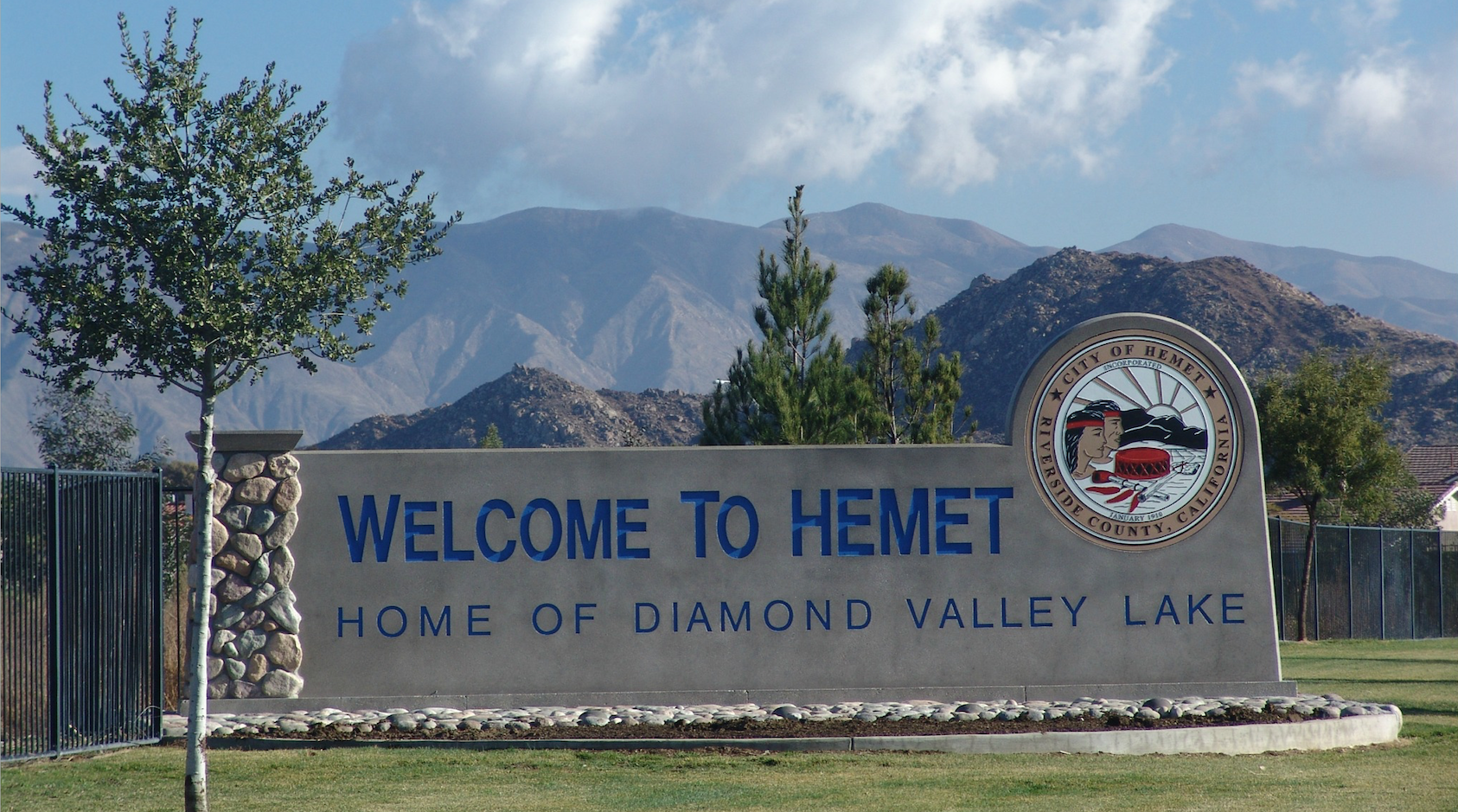About Hemet

Hemet, CA
Hemet is rich in culture and history. The Cahuilla tribe were the first inhabitants of the area. The Native American tribe was moved to the Indian reservation near San Jacinto. The land was used for cattle ranching by Mission San Luis Rey, naming the area Rancho San Jacinto. By 1842, Jose Antonio Estudillo received a Mexican Land Grant for the area. At the time Hemet was part of San Diego County. This changed in 1893 when California created The County of Riverside and took land from both San Bernandino and San Diego. The city was founded when Lake Hemet was created to supply water to the San Jacinto Valley and later for the agricultural area as it developed.
The city was incorporated in January 1920. There were only 177 residents at the time. In the last US census, there were almost 80,000 people living in Hemet. This number is sure to be higher after the 2020 census due to the housing boom in the past decade.
The area entertainment venues are the Ramona Bowl, a movie theater, and a historic theater.
The Ramona Bowl is an outdoor amphitheater founded nearly 100 years ago in 1925. It is the community’s non-profit organization that presents plays, concerts and, “Ramona”, also known as the Ramona Outdoor Play and The Ramona Pageant. It is an outdoor play held annually. Based on the 1884 novel Ramona by Helen Hunt Jackson. It was declared in 1933 California’s Official Outdoor Play and American’s longest continuously running drama. The production features a cast of 375 members, mostly local volunteers or residents of Hemet. The play is like a “Romeo and Juliet” set in the Wild West. It features star crossed lovers, a half-Native American, and a full Native American, with white settlers and Mexican Americans. It runs every spring in Hemet.
